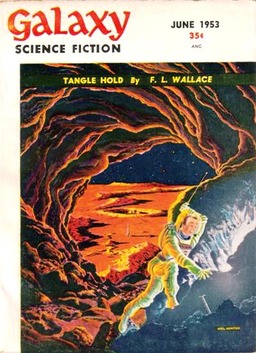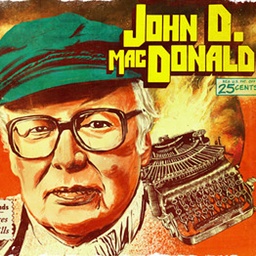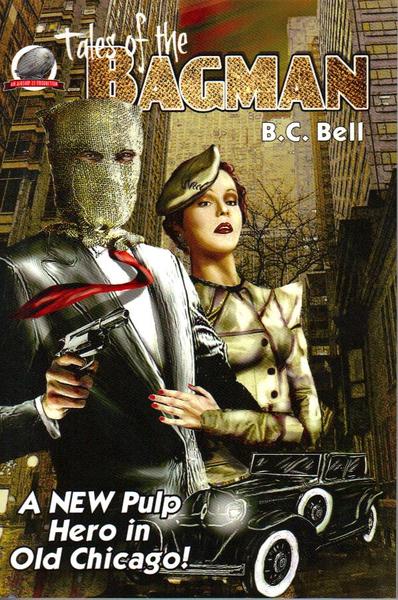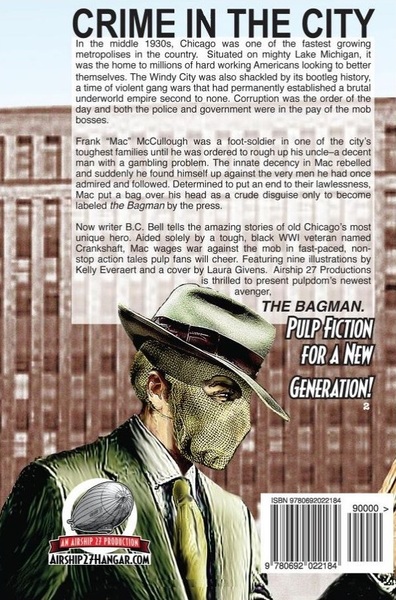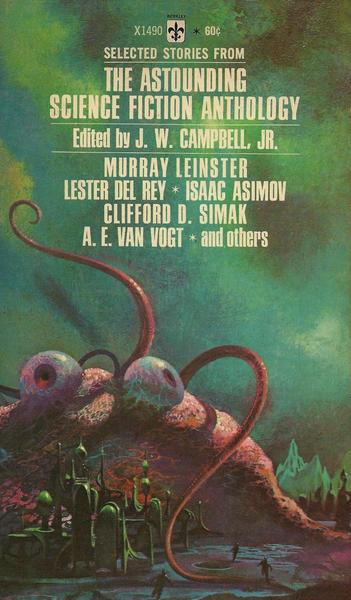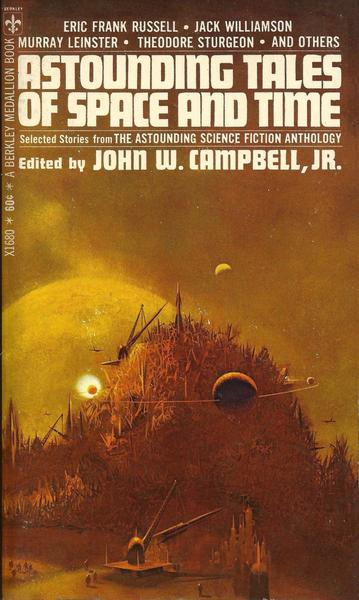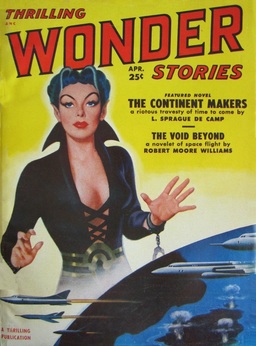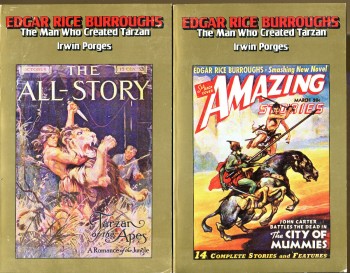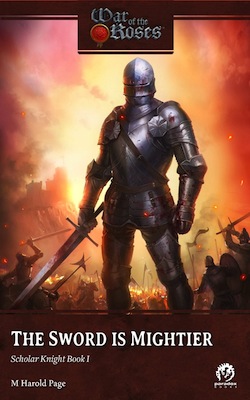Beau Geste: Myth vs. Reality
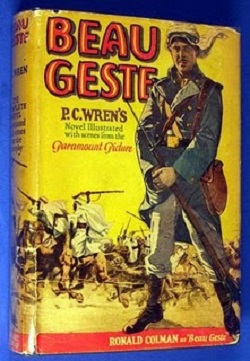 On my last trip to Tangier I purchased a 1925 edition of Beau Geste, one of those classic novels that I’ve always intended on reading but never had. It’s a swashbuckling tale of three brothers who join the French Foreign Legion a few years before the start of the First World War.
On my last trip to Tangier I purchased a 1925 edition of Beau Geste, one of those classic novels that I’ve always intended on reading but never had. It’s a swashbuckling tale of three brothers who join the French Foreign Legion a few years before the start of the First World War.
The novel opens with a mystery. Mild spoilers follow. A French officer in the Legion leads his troops to an isolated fort, responding to a call for help. Once there, he finds all the legionnaires dead inside, apparently shot by the warlike Tuareg. The commanding officer, however, has a French bayonet sticking out of his chest and the private beside him, although shot, has been carefully laid out with his hands across his chest. The private’s hat rests nearby, torn open. In the hands of the dead officer is a mysterious letter in English that contains a confession. . .
From that tantalizing beginning we cut to England, where three rich brothers have to flee home and end up in the French Foreign Legion. Add a cruel officer, hordes of Tuaregs, and some boon companions and you have the recipe for adventure. Author P.C. Wren writes in a breezy, wry style halfway between pulp pulse pounders and more highbrow literature. The style never feels dated although Wren’s worldview certainly does. There’s a definite hierarchy in this book, with the aristocratic Englishmen firmly at the top, the various Europeans and Americans they meet ranged further down depending on their social class, and the Arabs and Tuaregs right at the bottom. Women hardly figure in this book at all which, considering how agonizingly maudlin the one love scene comes off, is probably for the best.
